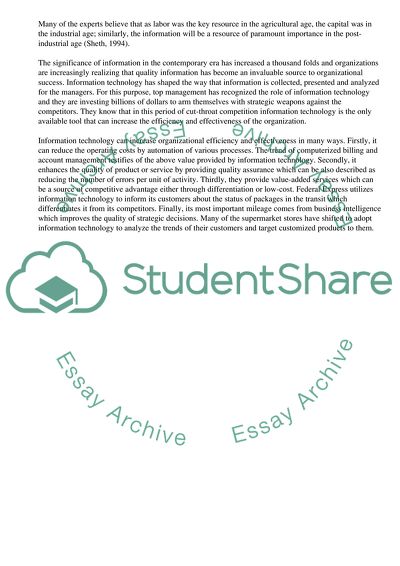Cite this document
(Effects of Information Computerized Technology Used by Kuwaiti Research Proposal, n.d.)
Effects of Information Computerized Technology Used by Kuwaiti Research Proposal. Retrieved from https://studentshare.org/business/1725787-phd-preliminary-proposal-the-effects-of-information-computerized-technology-use-by-kuwaiti-managers-in-small-businesses-sectors-to-support-decisions-making
Effects of Information Computerized Technology Used by Kuwaiti Research Proposal. Retrieved from https://studentshare.org/business/1725787-phd-preliminary-proposal-the-effects-of-information-computerized-technology-use-by-kuwaiti-managers-in-small-businesses-sectors-to-support-decisions-making
(Effects of Information Computerized Technology Used by Kuwaiti Research Proposal)
Effects of Information Computerized Technology Used by Kuwaiti Research Proposal. https://studentshare.org/business/1725787-phd-preliminary-proposal-the-effects-of-information-computerized-technology-use-by-kuwaiti-managers-in-small-businesses-sectors-to-support-decisions-making.
Effects of Information Computerized Technology Used by Kuwaiti Research Proposal. https://studentshare.org/business/1725787-phd-preliminary-proposal-the-effects-of-information-computerized-technology-use-by-kuwaiti-managers-in-small-businesses-sectors-to-support-decisions-making.
“Effects of Information Computerized Technology Used by Kuwaiti Research Proposal”. https://studentshare.org/business/1725787-phd-preliminary-proposal-the-effects-of-information-computerized-technology-use-by-kuwaiti-managers-in-small-businesses-sectors-to-support-decisions-making.


